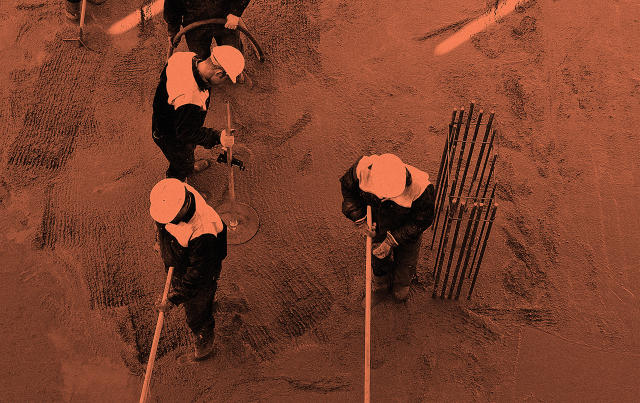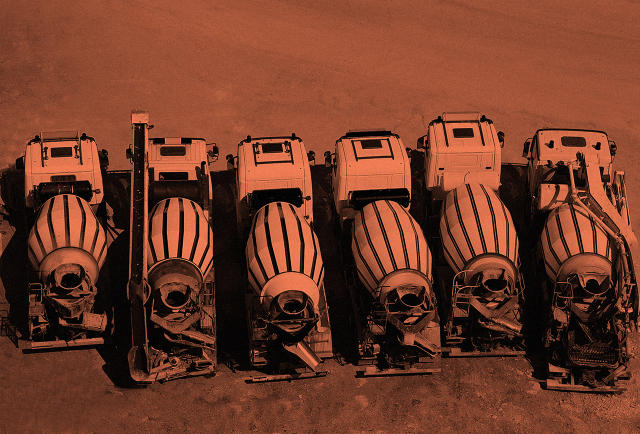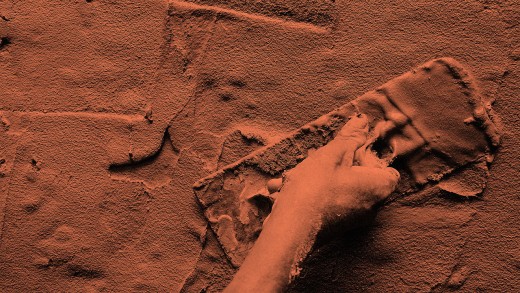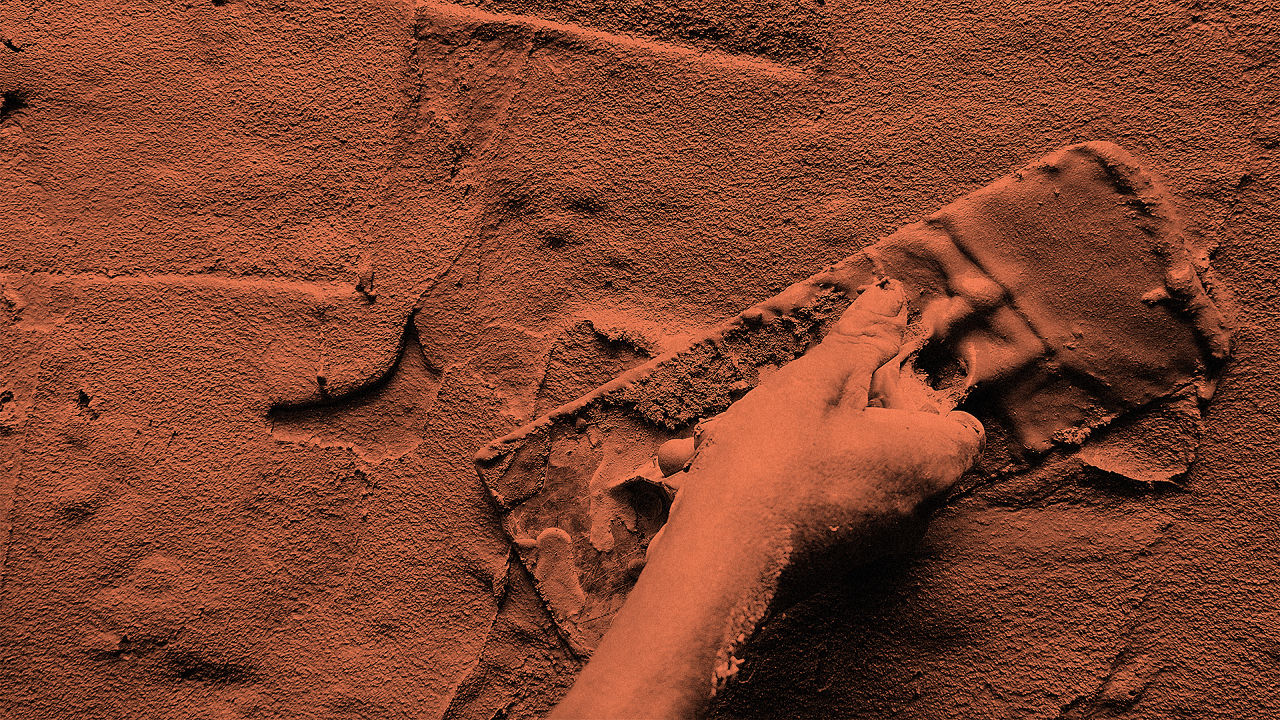Why Martian Concrete might be the most effective constructing subject material in the solar system
To colonize Mars, researchers are growing a new more or less concrete that does not require water and is greater than twice as sturdy.
January 7, 2016
Concrete has been critical to the colonization of our personal planet. The Romans and Egyptians built their empires upon it, and when their components for concrete was once misplaced, humanity invented it everywhere once more in the 14th century. these days, over 2 billion lots of concrete are produced yearly, and by means of 2050, that’s anticipated to quadruple.
when we at last begin colonizing different planets like Mars, we will need concrete to make buildings and infrastructure. however concrete desires water, and Mars would not have any. How can we make it, then? A group of researchers at Northwestern suppose they have the reply: with the aid of heating sulfur up to 240 levels Celsius except it liquefies, and the usage of that as an alternative.

in the world, concrete a composite subject matter made of more than one components (known as an mixture) reminiscent of limestone, granite, sand, and different overwhelmed rocks, that are bonded in conjunction with cement. Confusingly, we steadily use “cement” and “concrete” as synonyms for one some other, however chemically, water is the cement that holds concrete collectively. When concrete is combined with water, it no longer only turns into malleable, it reacts chemically so that it varieties a hard, sturdy, strong matrix when it dries.
the combination a part of concrete is straightforward sufficient to find on Mars, but water’s a major drawback. alternatively, Mars has lots of sulfur, possibly as much as 17% of your complete planet. which is why Northwestern’s researchers think that sulfur goes to be the important thing to the crimson Planet’s giant development growth. however researchers have tried to make sulfur concrete earlier than: actually, within the Seventies, material scientists explored the potential of the use of sulfur concrete to build bases on the moon. the issue with that concept? In a vacuum, sulfur doesn’t turn into a liquid. It goes straight from strong to gas, making sulfur concrete inconceivable to make on planets without an environment.

however Mars has an environment. it is not a vacuum like the moon. and because the Northwestern group revealed, it can be adequate to make sulfur concrete. by the usage of simulated Martian soil consisting of silicon dioxide, aluminum oxide, iron oxide, titanium dioxide, and mixing this aggregate 50/50 with molten sulfur, they were able to make blocks of quasi-Martian concrete. And it’s robust: two-and-a-half of instances as robust because the concrete most regularly used on this planet.
there’s another good thing about Martian concrete over Earth concrete, too. on the planet, concrete production is the third biggest contributor of CO2 emissions, generally because of how so much concrete we use. And recycling concrete doesn’t help curb that production, as a result of whereas we’re tearing down concrete constructions always, it is time-consuming and useful resource-intensive to reuse. but on Mars, the concrete may literally simply be re-heated until the sulfur melts, and the whole concrete block turns into malleable again. that suggests any Martian concrete will likely be nearly infinitely reusable, with out taking the same toll on Mars as it took on earth.
in fact, we’re a few years away from Martian colonies. but if the Northwest team is correct, when Mars’s answer to Bjarke Ingels or Zaha Hadid finally breaks floor on the crimson Planet, they could also be working with a sophisticated version of the same subject matter we use on this planet. Martian architecture shall be out of this world.
[via technology assessment]
[high picture: luckypic by way of Shutterstock]
quick company , read Full Story
(87)














